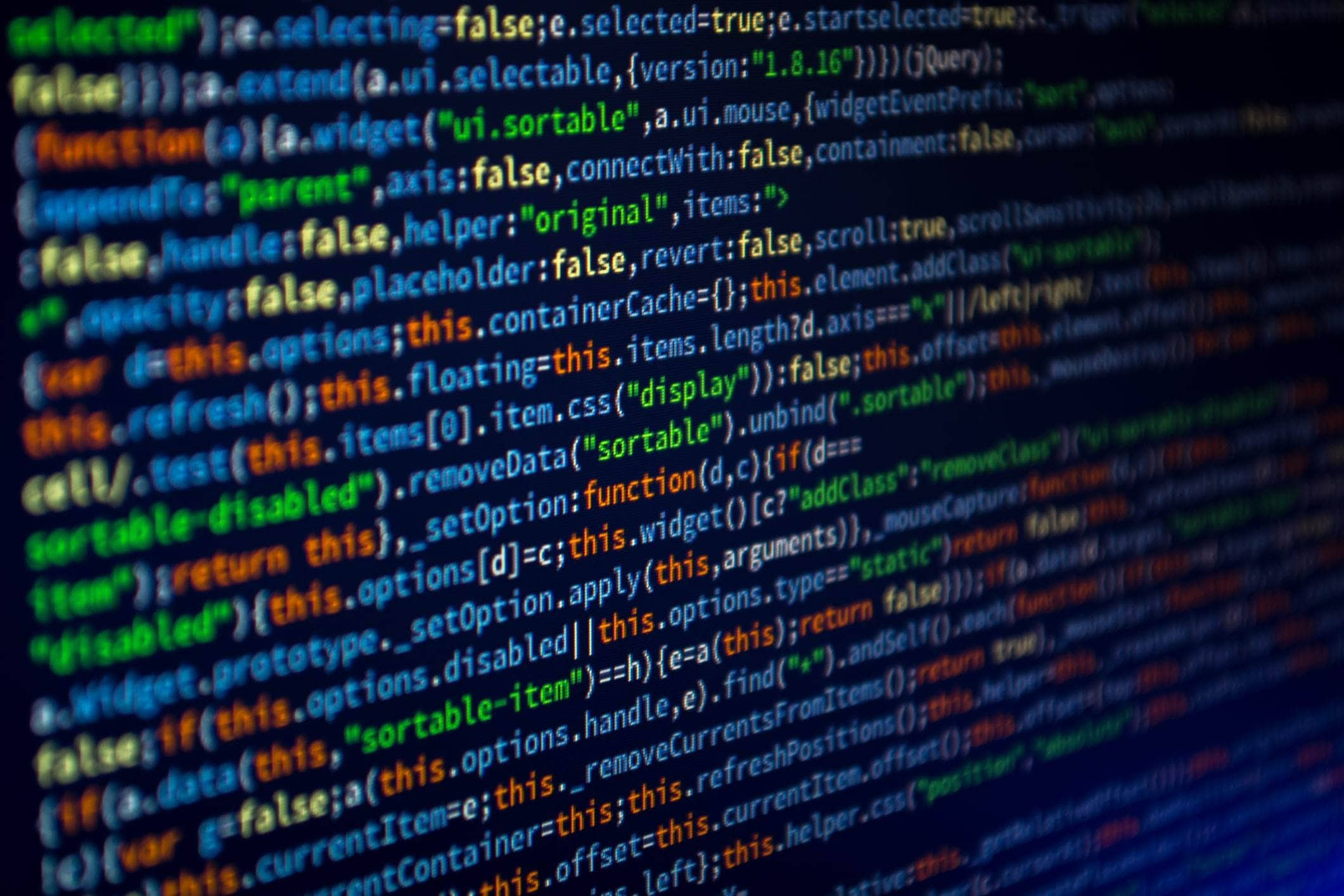What is automated trading?
Automated or algorithmic trading is an effective way of minimising risk when executing an order, as once the trader has chosen the model’s predefined principles, such as the exit price and position size, the computer makes the decisions based on this information. This lessens the likelihood of the trader making decisions based on emotion, rather than logic.
Automated trading software is predominantly used by hedge funds and investment banks, as algorithmic trading is most suitable for large orders, whether that be size or volume. Over 75% of share trades on U.S. stock exchanges originated from automated trading systems.



